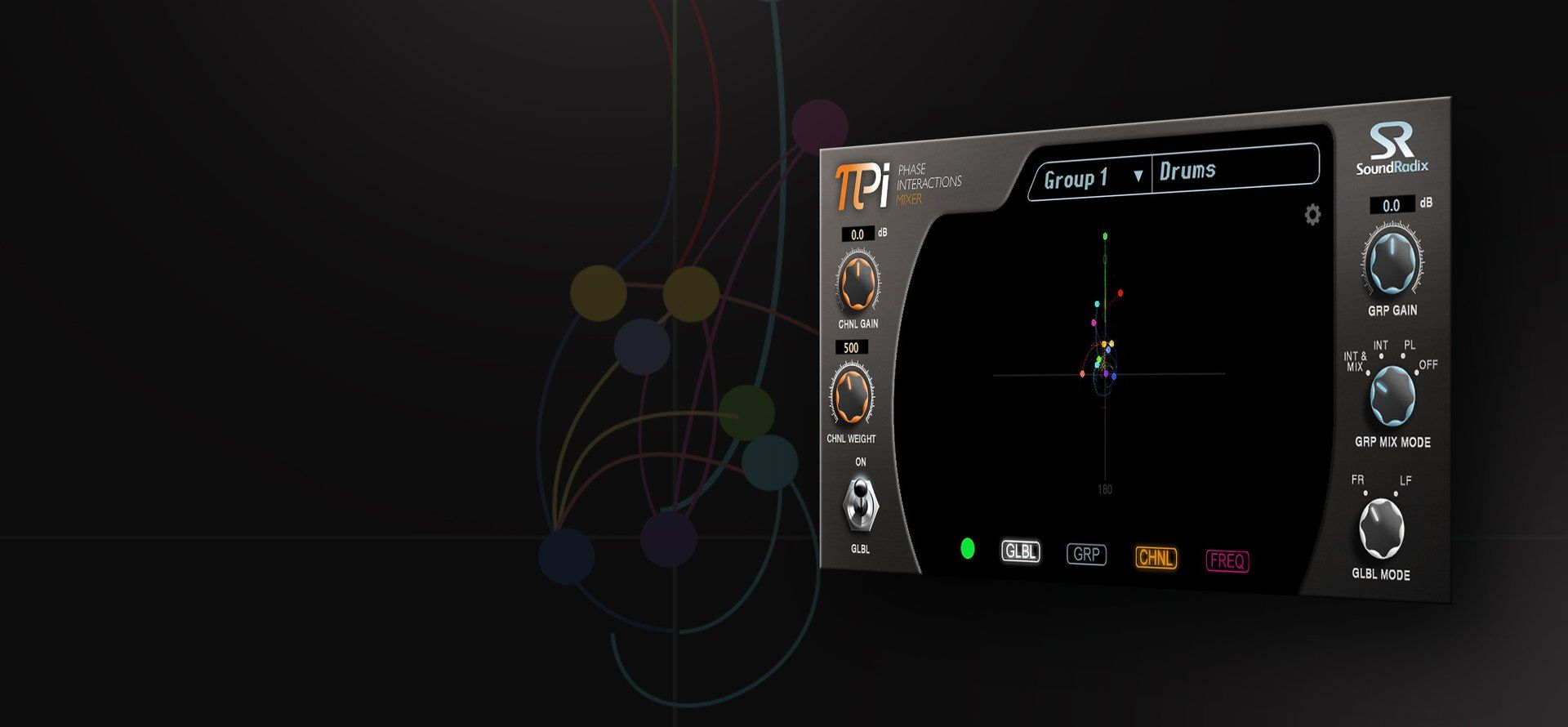
Fixing Phase
Insightful Pi walkthrough videos by Next Level Sound music production academy.
Fixing Phase With Pi
Good phase relationships are key to a great-sounding mix.
When tracks are summed into a stereo mix bus, instruments tend to overlap and interact with each other across the frequency range and phase position. A bass track could be temporarily out of phase with the kick or rhythm guitar tracks. When summed together, the two instruments would cancel each other out over the overlapping frequency range, causing a temporary "hole" in the low end. Similarly, a snare track could end up sounding thin in a mix when the toms' resonance is out of phase with the snare.
Instruments with similar frequency content, such as bass and bass-drum, can be temporarily out of phase and cancel each other's fundamental frequencies. The resulting sound is often described as "thin" and "hollow." Because those interactions happen randomly across varying frequencies and to different degrees, this effect cannot be remedied using a simple, fixed phase-rotator or equalizer.
Pi constantly analyzes the phase correlation of each track and dynamically adjusts their respective phases to achieve optimal correlation and maintain the full depth and timbre of the instruments in the arrangement. It minimizes overlapping frequency cancellations between instruments within the mix, improves mono compatibility, and brings back the depth and focus lost when out-of-phase frequencies in the mix cancel each other out.
Pi is the go-to phase tool in our school and everyone loves it.
Shout-out to Danny! He highlighted Pi as part of the Next Level Sound music production academy with insightful walkthrough videos. Auto-Align and Pi are integrated into Next Level Sound's curriculum, which embraces music production, composition, mixing and mastering, and music business. The school teaches advanced systematic workflows, plug-ins, and technologies to produce professional tracks.
Find out more at https://www.nextlevelsound.com/
Pi Walkthrough | Part 1
Timestamps
0:00 Intro
1:12 Phase Alignment basics
4:45 What Makes PI Special?
6:15 PI Usage Specifics
9:35 Post-Fader Inserts
11:35 PI Hierarchy
12:58 Outro
How to fix Phase Issues with Pi - GUI Walkthrough | Part 2
Timestamps
0:00 Intro
0:22 Phase Interactions
2:05 Channel Weight
3:45 Creating Groups
6:00 Group Mix Modes
7:36 Global Modes
9:25 Bypass Options
10:45 Outro
Pi in action - Audio Examples | Part 3
Timestamps
0:00 Intro
0:55 How to set up groups
2:30 A/B Comparison - PI On/Off
3:44 Channel Weight
4:20 A/B Comparison - Channel Weight
6:58 Metering
8:55 Phase Correlation
10:05 A/B Comparison - Phase Correlation
11:45 Outro
Pi explained - What does it sound like | Part 4
Timestamps
0:00 Intro
0:28 Start
0:50 Making Groups (Pads)
2:00 A/B Testing - Pads
3:20 Why PI as last insert
3:58 Making Groups (Kick & Bass)
5:00 Full Mix
6:20 A/B Testing - FULL MIX
7:07 Thoughts
7:38 A/B Testing - FULL MIX
9:05 Questions
10:40 Outro




